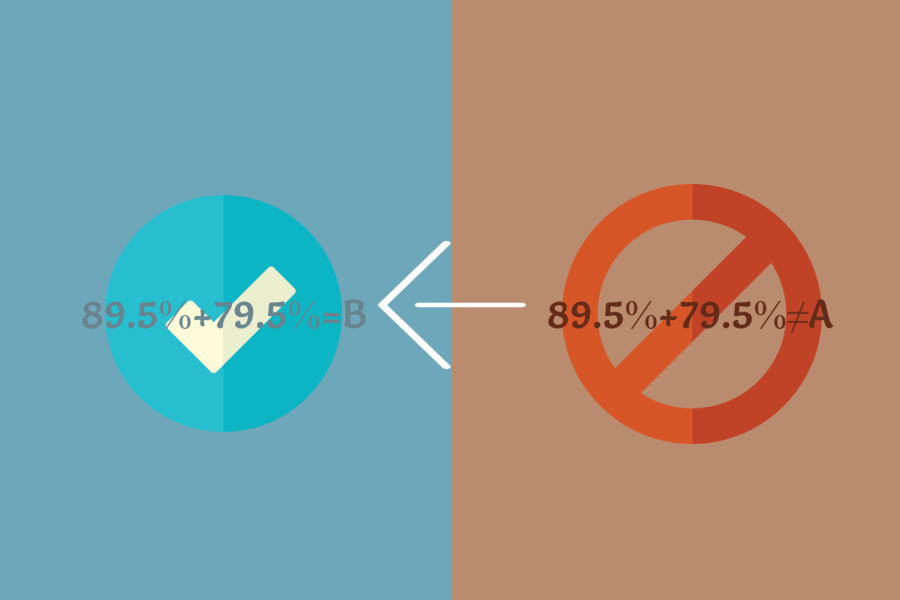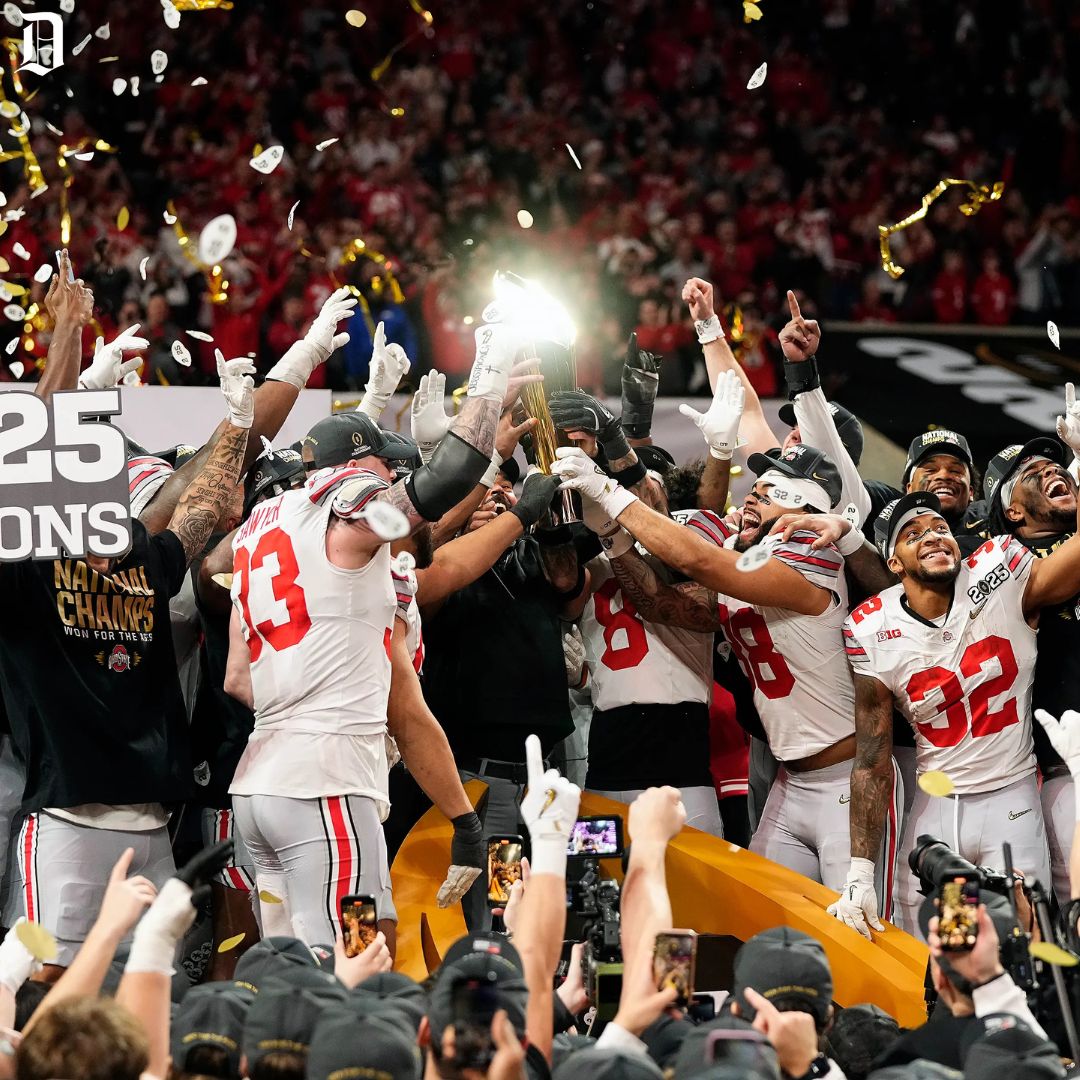Last summer, my cousin visited me during his summer break from college. He showed me a picture of him with his roommates, but the photo was in black-and-white. I asked him what was wrong with his phone, wondering if he had broken it. To my surprise, he told me he changed the color on purpose. A professor had mentioned that a black-and-white phone display limited the brain’s attraction to the screen, potentially reducing the time a user spends on it. Inspired, I changed my phone display to black-and-white soon after our conversation.
Color attracts the eyes to a subject, making colorful visuals more appealing to the brain. Marketing firms and advertisers use colors to evoke certain emotions when trying to convey a message. For example, Nickelodeon’s orange logo sparks feelings of friendliness and optimism, while the green of the Girl Scouts stresses growth and positivity. Since receptors in humans’ eyes look for color to make connections to understand content better, it’s easy for companies to exploit color to draw in consumers.
Marketing isn’t the only industry trying to apply the psychology of color. When movies first became available in color, the film industry quickly transitioned away from showing films in black-and-white. Today, filmmakers carefully choose their films’ color palettes to influence viewers’ emotions. The “X-Men” films use opposing colors like orange and blue to create a feeling of tension, while “The Grand Budapest Hotel” emphasizes pink tones to evoke calmness.
As my cousin swiped through photos on his phone, I noticed I was less interested in the screen and the pictures he had to show me. Apps that rely especially on engagement, such as mobile games or social media, use color to hook and keep users’ attention. Color engages a user’s interest, making an app more addictive and stimulating, which explains why app creators don’t want consumers to switch to monochrome displays. A New York Times article claimed that Apple and Samsung may purposely make it difficult for users to switch their display to monochrome, as removing color would hurt their partners’ profits.
Today, up to 60% of teenagers show signs of a phone addiction and professionals worry that the increasing screen time among very young children will exacerbate this issue. The prevalence of screen addictions can be largely attributed to technology’s ability to overstimulate dopamine receptors in the brain. The use of electronic devices releases a flood of dopamine, a neurotransmitter that produces feelings of satisfaction and motivation to repeat an action, into the brain, addicting users to the feeling of scrolling through content.
Programs for children like “CoComelon” or “Ms.Rachel” use bright colors to engage users, which ultimately does more harm than good. Bright colors can overstimulate young children and even lead to a decrease in brain size and slower development.
A monochrome screen, however, limits color’s ability to deliver dopamine to the brain, making the device less appealing. Less time on screens is demonstrated to reduce anxiety, insomnia and negative emotions. For young children especially, time on screens has been shown to impair cognitive development and delay children’s speech skills.
Despite the overwhelming benefits, a shift toward monochrome devices is difficult to promote. Most people opt for a colored display rather than a monochrome one because the black-and-white screens make a phone less attractive, which many people don’t want.
Though potentially unappealing, a black-and-white screen is a step in the right direction for those looking to be less addicted to their phones. Monochrome screens draw users away from dependence on phones for stimulation, allowing more time to engage in off-screen activities and improve their health.
I’ve had my phone in black and white for over a year. The beginning days of the transition were hard, but sticking with it was worth it. When I moved toward a non-saturated online life, my in-person life got a lot more colorful.























